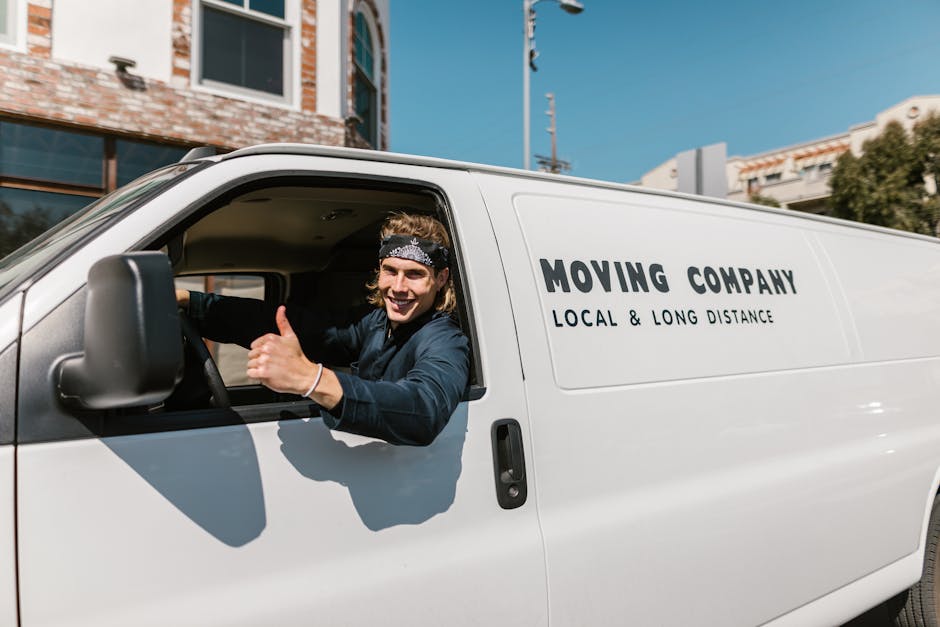Planning Your Move Creating a Timeline and Checklist
Planning Your Move Creating a Timeline and Checklist
Blog Article

Moving can often be a daunting process filled with stress, uncertainty, and a seemingly endless list of tasks. Whether relocating to a new home or office, the key to a successful transition lies in employing efficient moving strategies. By planning ahead, organizing belongings, and weighing the options between hiring professionals or handling the move independently, individuals can significantly reduce the chaos typically associated with moving. This article aims to guide you through effective methods for a smooth and organized move.
Planning Your Move: Creating a Timeline and Checklist
The foundation of any efficient moving strategy begins with thorough planning. Start by establishing a timeline that outlines each step of the moving process. This timeline should ideally span several weeks or months, depending on the complexity of the move. Begin by setting a moving date and work backward to schedule important tasks such as notifying your landlord, changing your address, and booking transportation.
Creating a detailed checklist is equally important. This checklist should include all tasks that need to be accomplished before, during, and after the move. Here are some key items to consider:
- Notify utilities and service providers about your move.
- Gather packing supplies, including boxes, tape, and bubble wrap.
- Sort and declutter your belongings to lighten your load.
- Label boxes clearly to facilitate easy unpacking.
- Arrange for any necessary help on moving day, whether from friends or professional movers.
By adhering to a comprehensive timeline and checklist, you can stay organized and reduce the likelihood of overlooking important tasks, leading to a more efficient and less stressful transition.
Packing Efficiently: Tips for Organizing and Protecting Your Belongings
Packing is often viewed as one of the most challenging aspects of moving, but with effective strategies, it can be manageable and even efficient. Start by sorting your belongings into categories—keep, donate, sell, and discard. This decluttering process not only lightens your load but also helps you focus on what truly matters, making packing more straightforward.
When packing, consider the following tips to ensure your belongings are organized and protected:
- Use quality packing materials: Invest in sturdy boxes and protective supplies to safeguard your items during transit.
- Pack strategically: Place heavier items at the bottom of boxes, and fill gaps with lighter materials to prevent shifting during transport.
- Label everything: Clearly mark each box with its contents and the room it belongs in. This will streamline the unpacking process and help you locate essential items quickly.
- Utilize space efficiently: Fill suitcases and other containers with smaller items to maximize space and reduce the number of boxes needed.
By employing these packing strategies, you can enhance the organization of your move and ensure that your belongings arrive at your new location safely and in good condition.
Hiring Movers vs. DIY: Weighing Your Options for Cost and Convenience
One of the most significant decisions you will face during your move is whether to hire professional movers or take a do-it-yourself (DIY) approach. Both options have their advantages and disadvantages, and making the right choice depends on your unique circumstances.
Hiring professional movers can provide a significant advantage in terms of convenience and expertise. Movers are trained to handle heavy lifting and navigating tight spaces, which can save you time and reduce the physical strain associated with moving. Additionally, many moving companies offer packing services, which can further simplify the process.However, this convenience comes at a cost. Hiring movers can be more expensive than a DIY move, especially if you have a limited budget. It’s essential to obtain quotes from various companies and consider whether the investment aligns with your budget and needs.
On the other hand, handling the move yourself can save money and provide a sense of accomplishment. This option allows you to control every aspect of the move, including the timeline and the packing process. However, it requires a significant amount of time and physical effort, which may not be feasible for everyone.
Ultimately, the decision between hiring movers or opting for a DIY move should be based on your specific needs, budget, and available time. Weighing these factors carefully will help you make an informed choice that aligns with your goals for a smooth transition.
In conclusion, employing efficient moving strategies can transform the daunting task of moving into a manageable and organized process. By planning ahead with a clear timeline and checklist, packing your belongings strategically, and carefully considering your options for transportation, you can ensure a successful move that minimizes stress and maximizes efficiency. For more insights and support on effective strategies for a smooth move, exploring resources like United National Movers can be beneficial.
Report this page